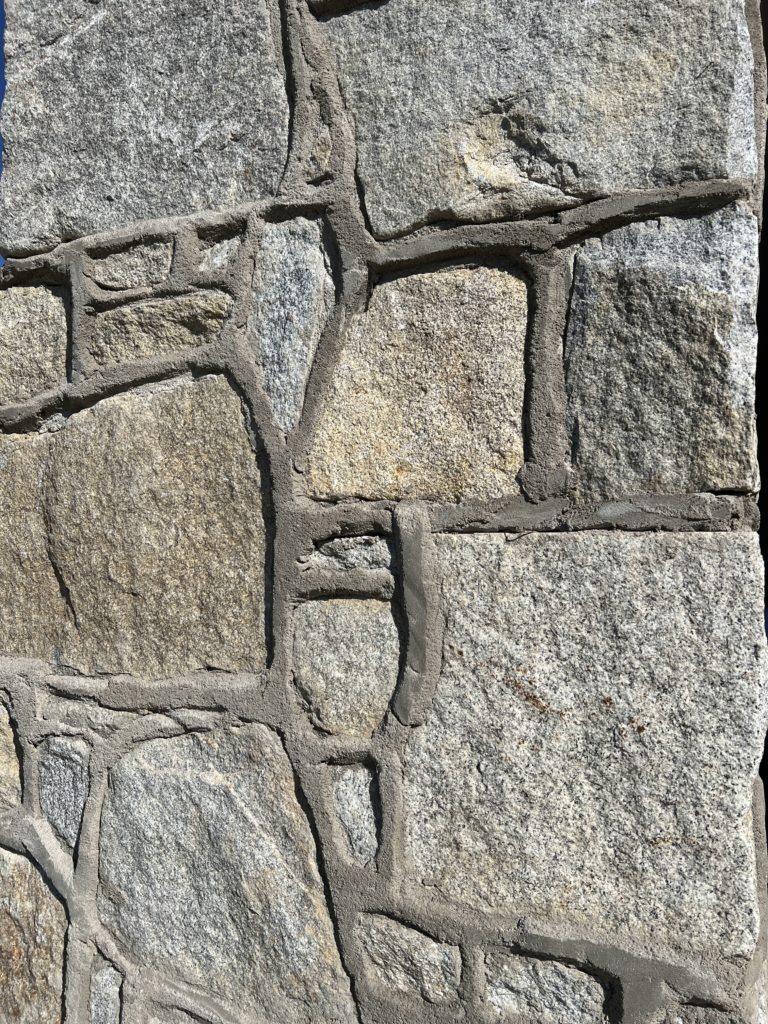

The Mary C. Jenkins Community and Cultural Center has opened, and there is much to share about the rich symbolism and history tied to its construction. As plans were being formulated for the new Center, the lead architect, Doug Harris, helped to shape the look of the new building based on the structures, natural landscape, and other geographical features that had previously been at that location.
The early history of the land where the building stood indicates that the area was once abundant with chestnut trees. Chestnut bark is a key component in the tanning process, where animal hides are treated and preserved to make leather. The Transylvania Tanning Company, owned by Joseph Silversteen, was a big employer for members of the African American community from the start of the Industrial Revolution in America in the early 1900s and continued to be a big employer for decades. The color and texture of chestnut wood were incorporated into the dark brown exterior siding on one side of the new Center to reflect the connection between the land, industry, and community there over the years.


The beige board-and-batten siding that appears on the other side of the Center is an homage to the common style that was and continues to be prevalent in the area. The stone column on one corner was crafted to resemble the grout and stonemasonry style of the original Rosenwald school (now the Morris Education building) that was a hub for the community. The stones were brought from a similar structure in South Carolina that was built at the same time as the school to appear as similar to the original as possible.
Elements of the old Center’s style, such as the triple gables and square windows, were intentionally repeated in the new Center. The gables that rise from the roof mimic the shape of those on the original Center, creating the illusion that the old Center is elevated by the new, like a phoenix rising from the ashes. This symbolism is particularly significant to the Rosenwald community because of how the old Center was demolished by being burned. Although this was determined to be the safest and most cost-effective way to demolish the old Center, it was still an emotionally difficult sight for many community members who had many years’ worth of memories from their time growing up in the neighborhood. The symbolism of rebirth is an optimistic one.
The colors within the interior of the building reflect the vibrance of the community, as well as highlight the many historical panels in the large community room. The decorative elements in the room itself are pieces of history, transforming the perimeter of the space into a history center as well as a community space that welcomes all.

Even the logo has been crafted to reflect the history of the community and center. The mountain peaks mimic the Center’s gables, and the railroad reaching into the future is reminiscent of the railroad tracks that once ran very near the community – a symbol of progress, movement, and opportunity. Photographs and information for this column are provided by the Rowell Bosse North Carolina Room, Transylvania County Library. This article was written by Local History Librarian Laura Sperry. For more information, comments, or suggestions, contact NC Room staff.



